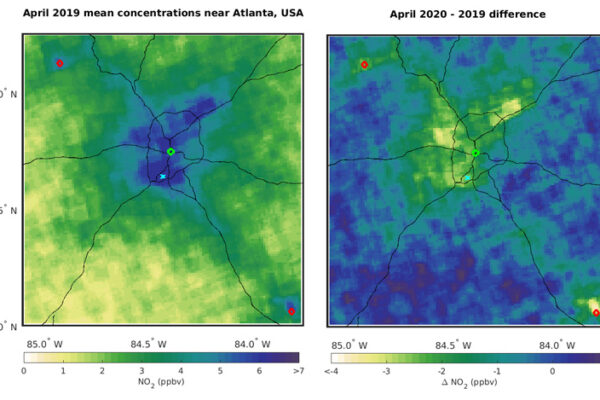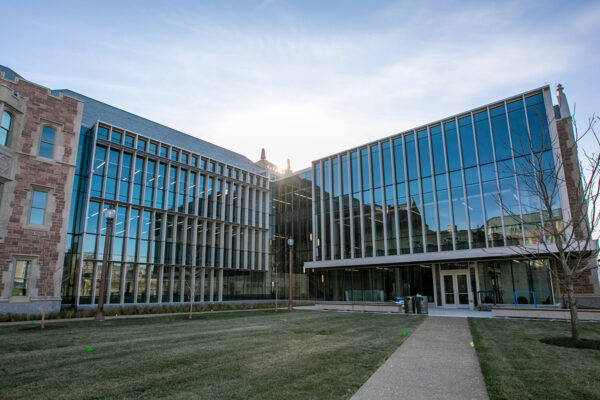Research from a multi-institutional team, including the McKelvey School of Engineering at Washington University in St. Louis, estimated sugarcane fires in South Florida produce harmful emissions in quantities on par with vehicles — and play a role in mortality rates across the region.
The work, led by researchers at Florida State University, was published in Environmental Health Perspectives, a peer-reviewed journal published by the National Institute of Environmental Health Sciences, part of the National Institutes of Health (NIH).
Every year in Florida, about 400,000 acres of sugarcane fields are burned before harvest to remove non-sugar vegetation. Smoke from the fires produces PM2.5, tiny particles that can enter the lungs and bloodstream and are associated with a host of illnesses including asthma and lung cancer.

Randall Martin, the Raymond R. Tucker Distinguished Professor, participated in the research. He pointed out that the use of satellite data in this study points to its versatility.
“Satellite remote sensing offers valuable information to characterize ambient fine particulate matter in a range of environments such as sugarcane smoke,” he said.
Using satellite data, ground monitoring and computer modeling, the research team looked at how the smoke dispersed. They estimated that across South Florida, one to six deaths per year are associated with exposure.
“While previous studies have shown the fires have a negative impact on air quality, none have quantified mortality impacts,” said Holly Nowell, a Florida State postdoctoral researcher and the study’s lead author.
Read more on the Florida State website.


